Videos of Horses With Equine Protozoal Myeloencephalitis (EPM)
Updated on 04/26/24
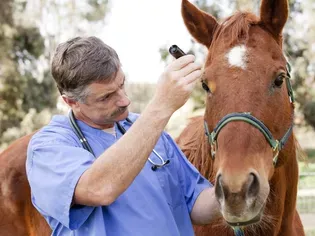
Uncover the Hidden Truth: Videos Unveiling the Enigma of Equine Protozoal Myeloencephalitis (EPM)
Prepare to delve into the fascinating world of equine health as we present an extraordinary collection of videos that shed light on the elusive condition known as Equine Protozoal Myeloencephalitis (EPM). This post will not only captivate your curiosity but also equip you with invaluable knowledge to safeguard the well-being of your beloved equine companions.
What is Equine Protozoal Myeloencephalitis (EPM)?
EPM, a neurological disease, emerges when a protozoan parasite invades the central nervous system of horses. This parasite, Sarcocystis neurona, targets the spinal cord and brain, triggering a cascade of debilitating symptoms that can profoundly impact a horse's quality of life.
Unveiling the Signs and Symptoms Through Video
Our curated videos provide a firsthand glimpse into the diverse manifestations of EPM. Witness horses exhibiting:
* Uncoordinated gait: Stumbling, swaying, and difficulty maintaining balance
* Muscle weakness: Drooping eyelids, sagging lips, and impaired limb function
* Neurological deficits: Tremors, seizures, and impaired cognitive abilities
* Behavioral changes: Lethargy, aggression, and dulled responsiveness
* Other complications: Visual disturbances, incontinence, and respiratory issues
The Importance of Early Diagnosis and Intervention
Timely diagnosis and intervention are paramount in managing EPM effectively. These videos underscore the significance of recognizing subtle symptoms and seeking veterinary attention promptly. Early detection can prevent irreversible neurological damage and improve the chances of a successful recovery.
Treatment Options and Prognosis
The videos explore various treatment modalities available for EPM, including:
* Antiprotozoal medication: Drugs specifically targeting the parasite, Sarcocystis neurona
* Supportive care: Rest, nutrition, and pain management
* Rehabilitation therapy: Physical and occupational therapy to regain lost function
The prognosis for EPM varies depending on the severity of the infection and the timing of intervention. However, with proper treatment and rehabilitation, many horses can regain a good quality of life.
Case Studies: Real-Life Experiences
Immerse yourself in compelling case studies presented in the videos. Follow the journeys of horses diagnosed with EPM and witness the transformative power of early diagnosis, appropriate treatment, and dedicated care. These stories offer hope and inspiration, demonstrating the resilience of horses and the importance of never giving up.
Prevention is Key
While EPM is not always preventable, certain measures can minimize the risk of infection. The videos provide practical tips on:
* Opossum control: Opossums are the primary hosts for Sarcocystis neurona
* Hygiene practices: Keep stables and pastures clean to reduce opossum attractants
* Vaccination: Discuss vaccination options with your veterinarian
Conclusion
These videos on Equine Protozoal Myeloencephalitis (EPM) are an invaluable resource for horse owners, veterinarians, and anyone passionate about equine health. By understanding the signs, symptoms, treatment options, and preventive measures, we can collectively improve the lives of our equine companions.
Remember, early detection and intervention are crucial for successful EPM management. If you suspect your horse may be suffering from EPM, do not hesitate to consult with a qualified veterinarian. Together, we can safeguard the well-being of these majestic animals and ensure their continued happiness and vitality.
Explore More Pets

Pony Breeds
The Difference Between Horses and Ponies

Horse Diseases & Conditions
What Do I Do If My Horse Colics?
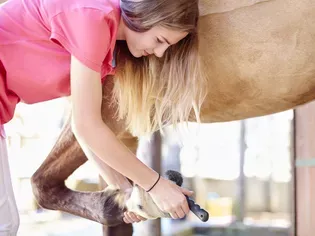
Pony Breeds
Horse and Pony Care by the Day, Week, Month and Year
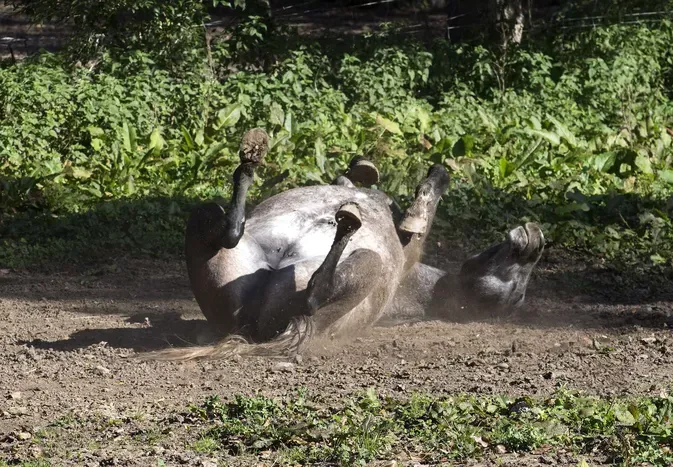
Horse Grooming
Mange in Horses
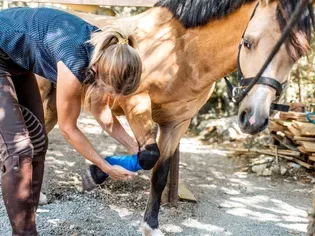
Horse Diseases & Conditions
Grease Heel in Horses
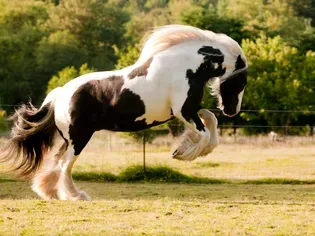
Light Horse Breeds
Gypsy Vanner Horse Breed Profile
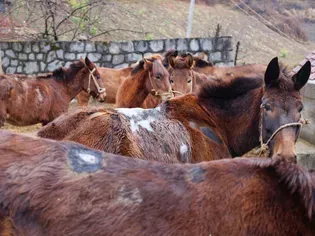
Horse Diseases & Conditions
Girth Galls and Saddle Sores
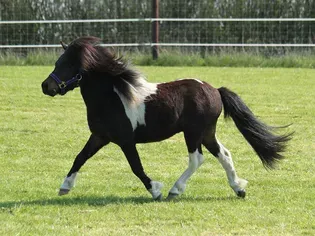
Pony Breeds
Shetland Pony Breed Profile